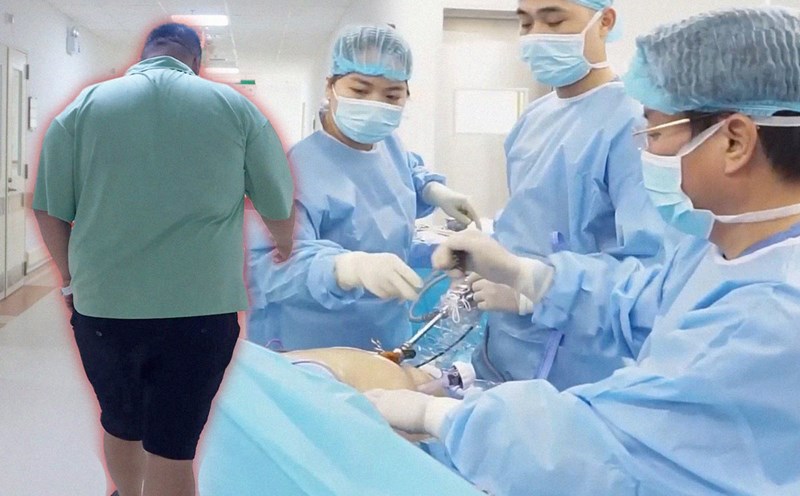Mercosur was founded in 1991 and currently includes members Argentina, Brazil, Bolivia, Paraguay and Uruguay, along with several other countries on the continent that are linked through observer status.
Both the EU and Mercosur see the creation of this free trade area as historic. The EU is the first multi-member alliance with which Mercosur has concluded a free trade agreement. Mercosur has so far only had such agreements with Egypt, Israel and Singapore. As for the Americas, the EU has so far only had a free trade agreement with Canada (CETA).
The EU-Mercosur free trade area is one of the largest bilateral and multilateral free trade areas in the world today, with nearly 780 million consumers and about a quarter of the world's GDP. The agreement connects two continents and opens each other's markets.
Thanks to this agreement with the EU, Mercosur can also promote itself very usefully in the Latin American region, expanding its sphere of influence and enhancing its position there.
This agreement helps the EU to ease the difficulties in the current situation in Europe and the world. The EU is in dire need of new development results, new markets and new sources of raw materials. This is even more important and urgent for the EU when Donald Trump is about to return to power in the US. Strengthening the connection and engagement with Mercosur like this helps the EU compete with the US in what is considered its backyard and can push back the influence of China.
The problem now for both sides is that it is not known when this agreement will come into effect because the ratification process usually takes a long time on the EU side and there are still many members who are not satisfied...








